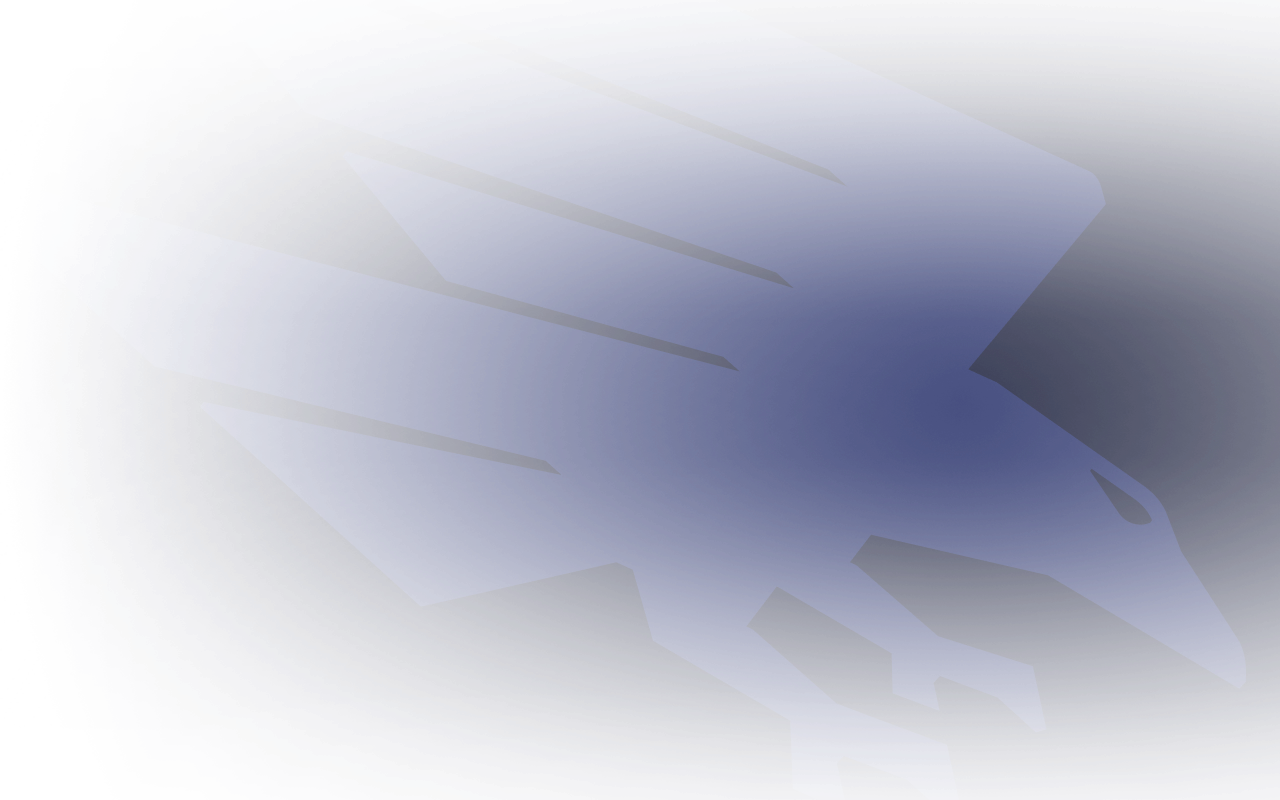Most of us have heard the saying, ‘It takes a village to raise a child’.
Well, in that same vein, I wanted to present to you a case study in how it takes a whole team to rehabilitate an injured player. Brett Burton has for a long time been a favourite of the crowd. Brett’s freakish athletic prowess; his unique ability to take ‘screamers’; and his measured goal kicking is well known and imitated by many Auskick participants. These skills together with his approachable manner have made him one of the club’s great and most popular players.
Since injuring his knee in Round 15, 2008, Brett has been applying his determination and professional manner to the rehabilitation of his injury with the aim of rejoining the Crows team as soon as physically able. The rehabilitation process is far from easy and takes a great deal of discipline from the player involved as well as a cohesive approach from the medical and fitness staff at the Adelaide Football Club.
Let me tell you about some key members of our ‘village’ who have helped Brett in his injury rehabilitation:
Physiotherapy Team
Kevin Whitford: Kevin is undoubtedly one of the most experienced and astute physiotherapists in AFL football. He has a great wealth of knowledge and expertise in assessing and treating injuries.
Chris Hampel: Chris’ specialty is injury prevention. Chris is an experienced practitioner who has helped many players remain injury free through his one on one tuition.
Mark Nagel: Mark is an integral member of the Physical Performance Team. Mark’s new role this season has seen him take on a pivotal role in managing and overseeing our physiotherapy area.
Doctor
Dr Andrew Potter: Dr Potter has a highly distinguished career and reputation in Australian Sports Medicine and as such we are lucky to have his expertise here at the Crows. Dr Potter’s unparalleled experience in elite sport includes working with the Australian Hockeyroos and numerous Australian Olympic teams.
Strength & Conditioning Coach
Kris Hinck: Kris could easily be described as the linchpin in Brett’s rehabilitation. Kris is a highly experienced and knowledgeable Strength Coach who has spent hundreds of hours not only planning Brett’s rehabilitation plan but also working with him in the process.
Physical Performance Assistant
David Binny: David is a relatively new addition to our Physical Performance Team. David has specialised in many different areas and has a tremendous work ethic and attention to detail.
Consultant Physiotherapist
Steve Saunders: Steve acts as a consultant physiotherapist to the football club. Steve specialises in pelvis related injuries and has immense research knowledge. Steve is always at the cutting edge of new and innovative treatments.
Podiatrist
Sean Murphy: Sean, who is also a new addition to our Physical Performance Team, has a professional expertise and ability at the forefront of his profession. Sean’s focus is on preventative measures and has been able to take the podiatry area to a new level at the club.
Dietician
Olivia Warnes: Olivia is a dedicated professional who is always looking at ways of improving the area of nutrition. Olivia has helped Brett considerably in helping to maintain his current playing weight.
Conditioning Coach
Charlie Walsh: Most people know Charlie to be a hard-nosed, fierce competitor who will also do anything to help the team to win – this is exactly what he is like. Charlie has planned and supervised Brett on many occasions during bike sessions particularly early in the rehabilitation process.
Surgeon
Will Duncan: Whilst Dr Clarnette is not employed by the Adelaide Football Club, his skills have obviously been an important part of Brett’s medical treatment. The Physical Performance Team is thankful for his part in the treatment of Brett.
As said previously, rehabilitation is not an easy or painless process and it takes a certain type of character to follow the regime consistently. Brett is a ‘text book’ example for others within the club to follow. Brett has heeded the advice of the medical and fitness staff as he knows they have his best interests at heart and are also at the forefront when it comes to relevant information. Just quietly, I think it helps that Brett is married to a physiotherapist who is sure to make sure he doesn’t try to sneak in any extra sessions.
Brett’s determination, skill and leadership skills have been evident from my first meeting with him during Round 4, 1998. At the time I was playing for Central Districts in the SANFL and Brett was playing for Woodville-West Torrens. Remembering details of individual games has never been my strength, but on this day the fast and athletic player on the opposing team left a lasting impression. It was only Brett’s fourth SANFL League game and as a 19 year old it was a relatively late start in the league ranks for someone who would go on to play a lot of great football at AFL level. I think he took 16 marks with four or five of these being his trademark hangers and kicked five or six goals as well as running three or four good opponents ragged as they struggled to keep up with this relative unknown. It wasn’t long after this that Brett made his AFL debut in Round one, 1999 against the Western Bulldogs.
Here at the Crows, we always try to take lessons from all the situations we find ourselves in, both negative and positive. When looking at the process Brett has undertaken in the rehabilitation of his injured knee, there are a number of valuable and important lessons we’ve learned. The medical and fitness team have obviously documented some of the strategies that have been successful but importantly, in addition to this, there has been a great example set to the rest of the team. Brett has shown what can be achieved when you work hard to reach your goals. As someone who commenced their AFL career as a late bloomer by modern standards, Brett has always worked very hard to achieve on field success and this work ethic was always present during his rehabilitation process. This has been a great example for the remainder of our playing group, in particular, the younger players who have a great role model to follow.
This story was written as a feature for the latest edition of 'The Pride' magazine.


